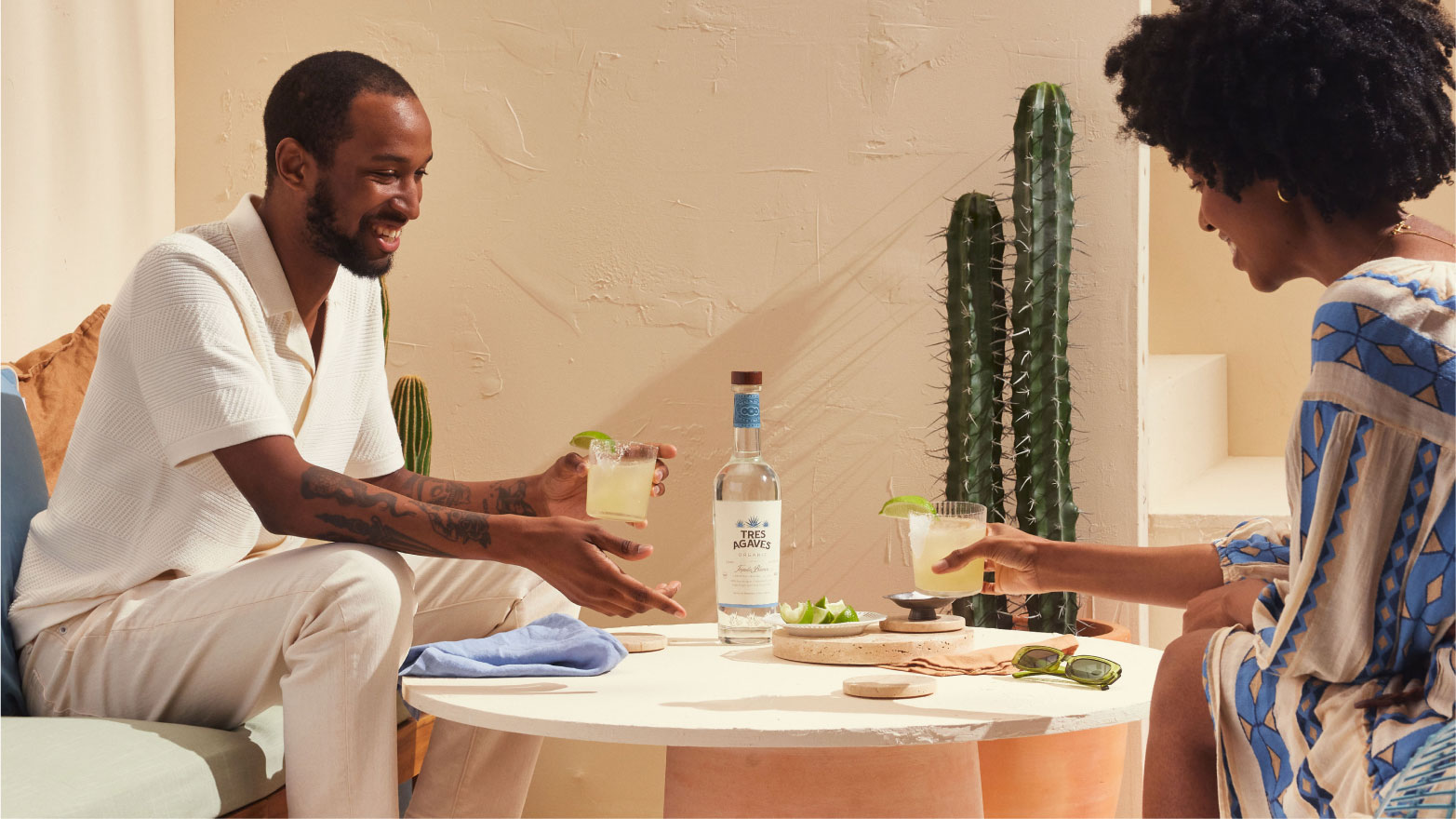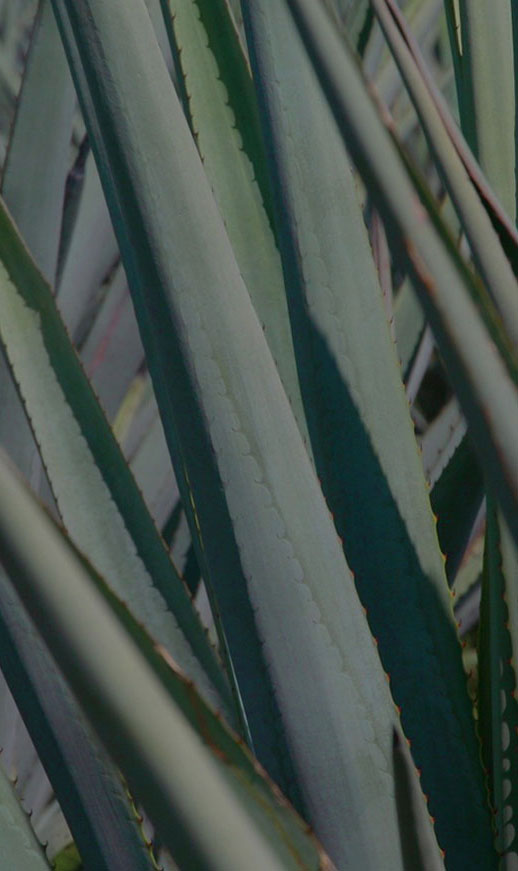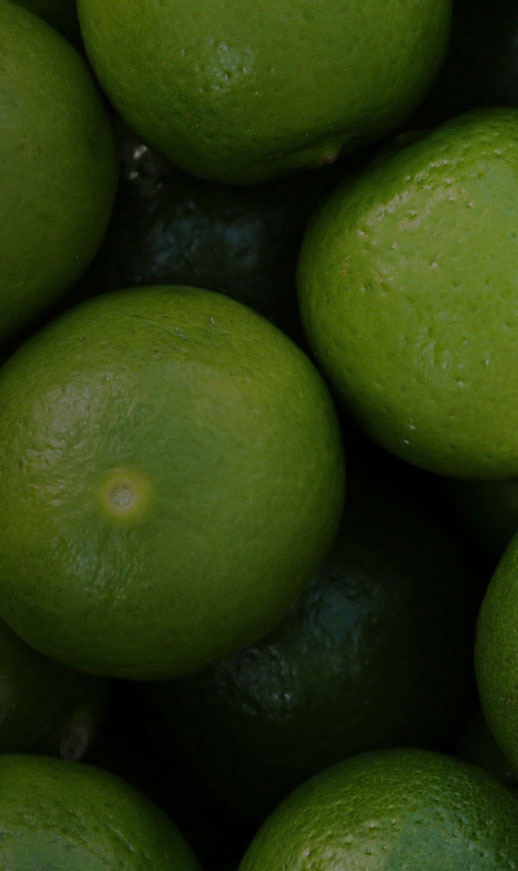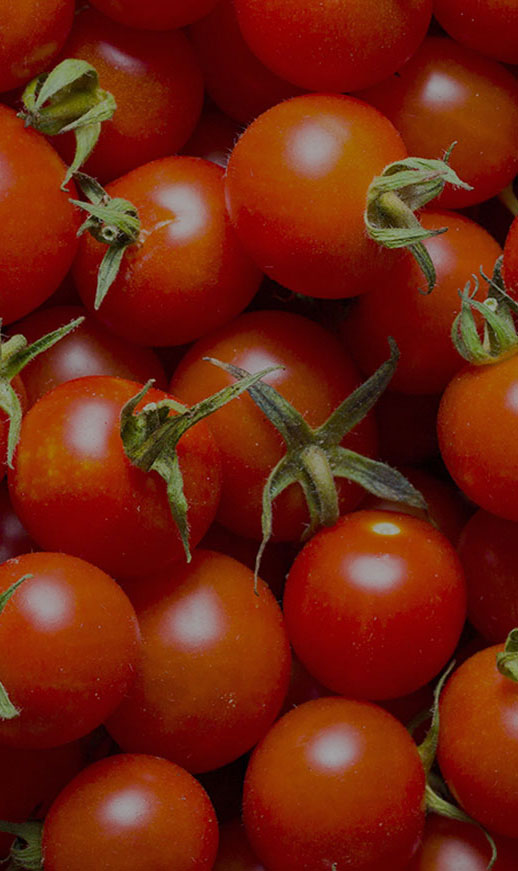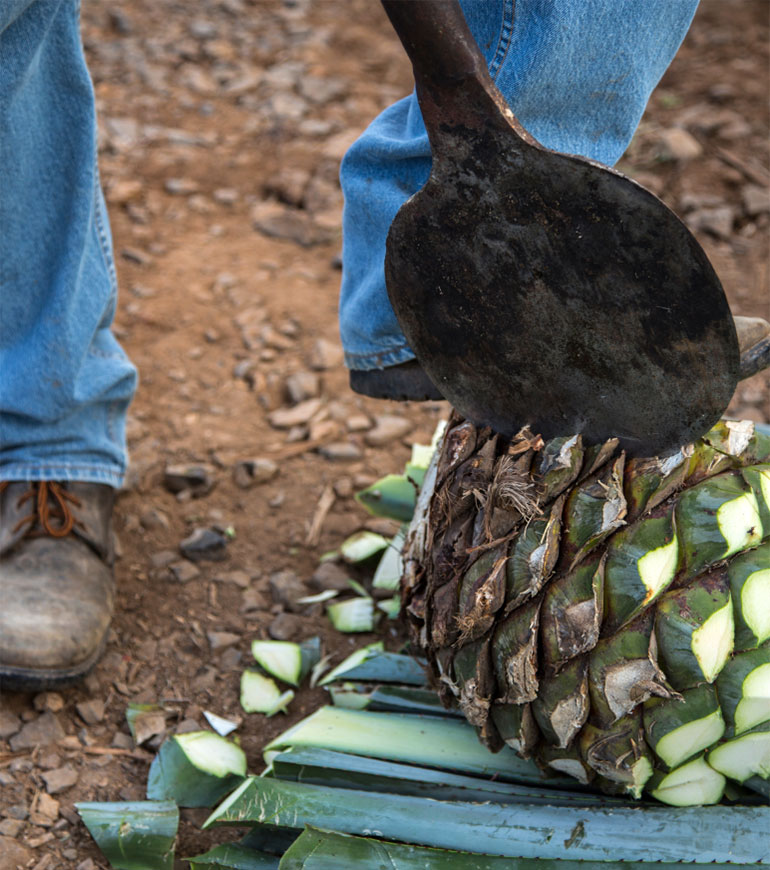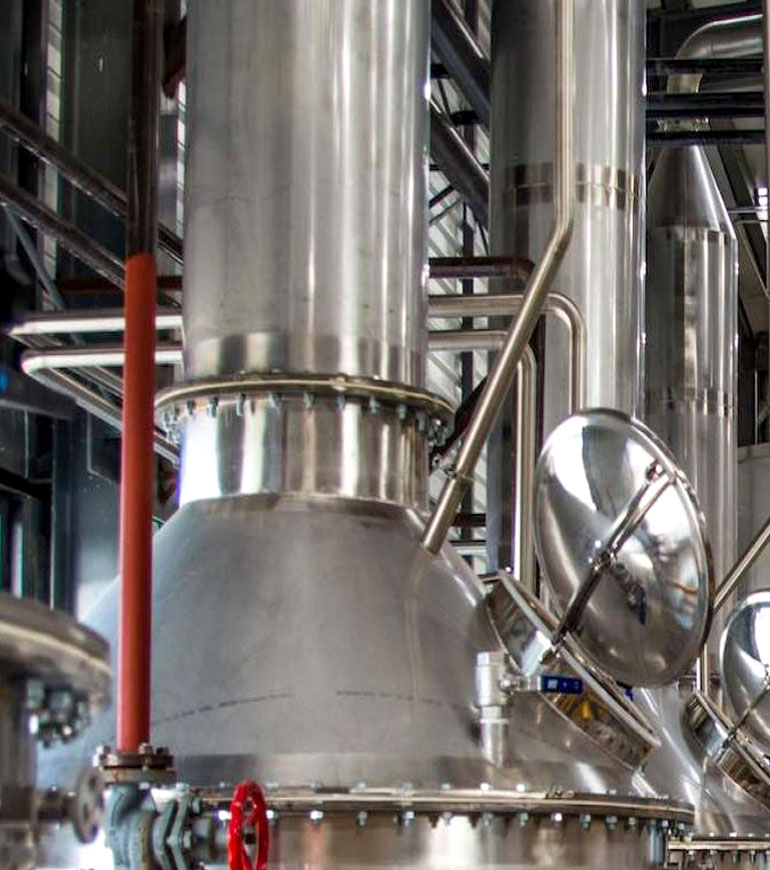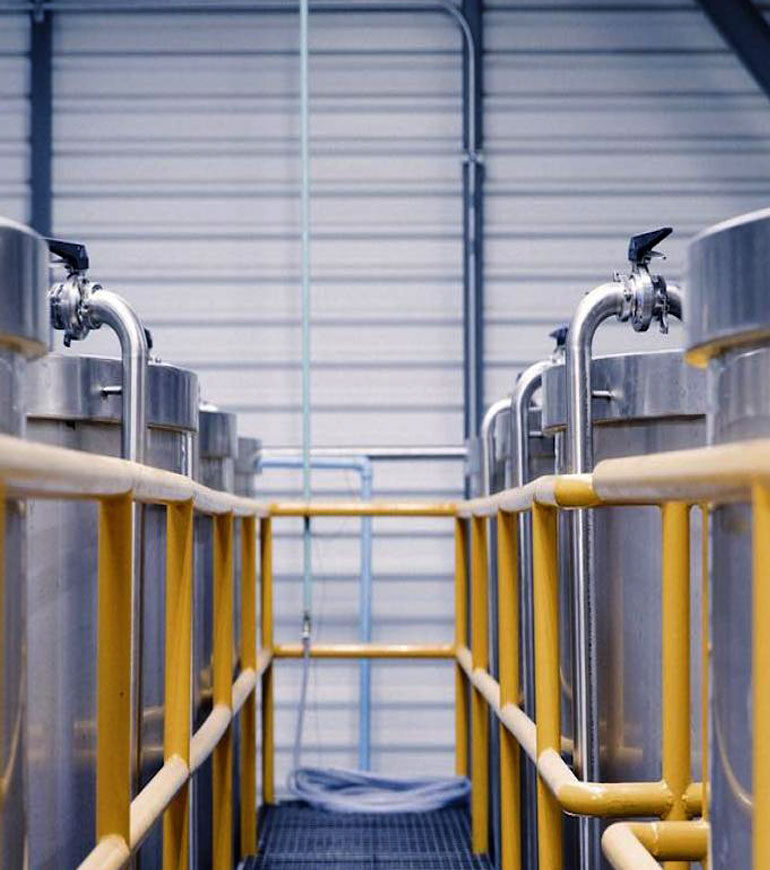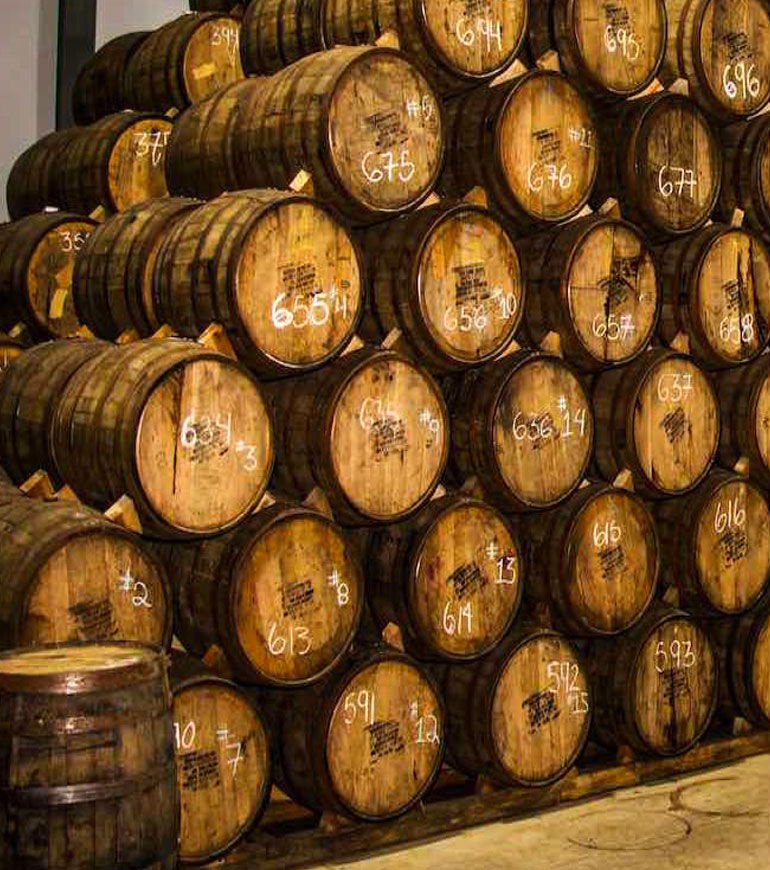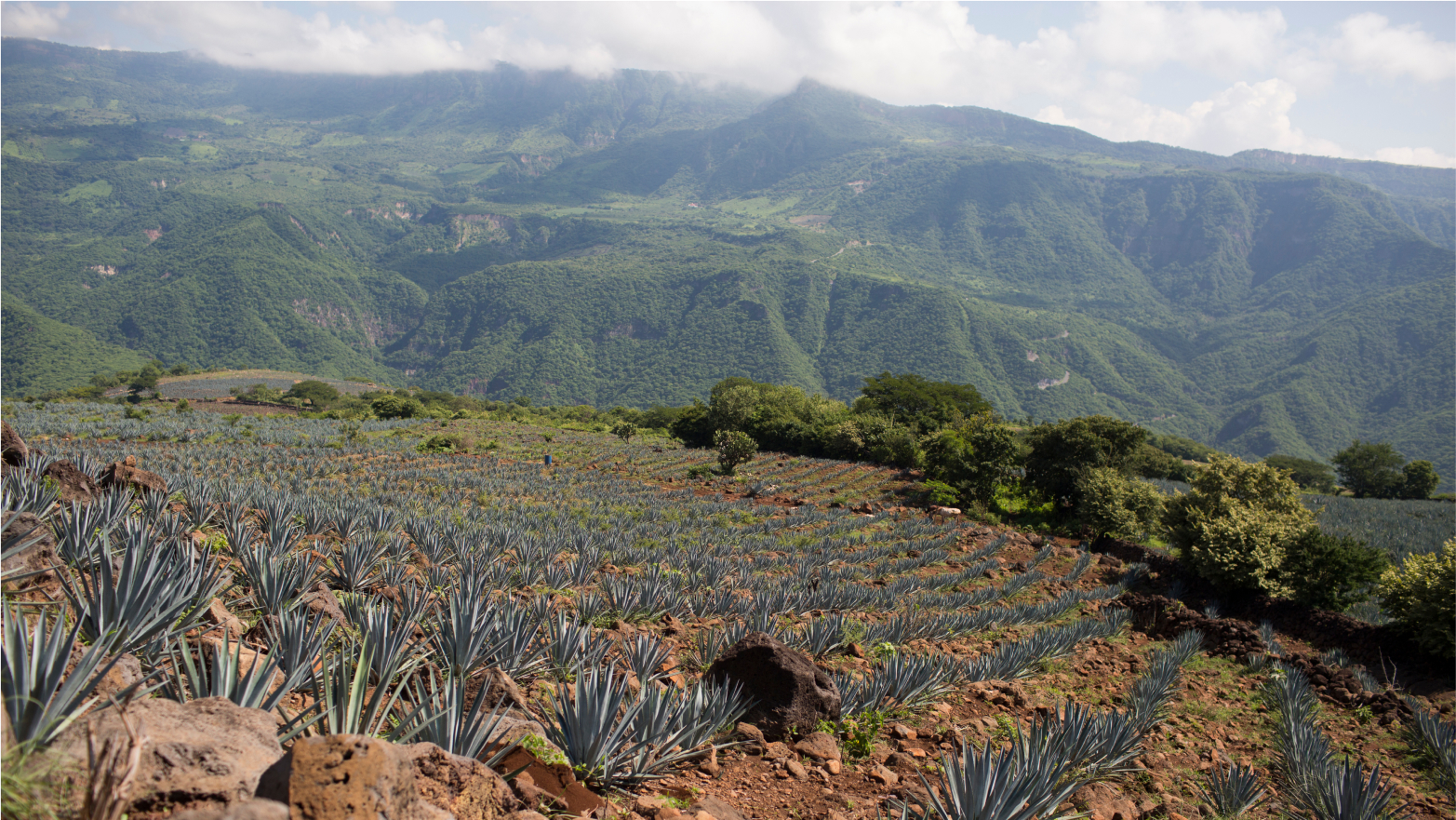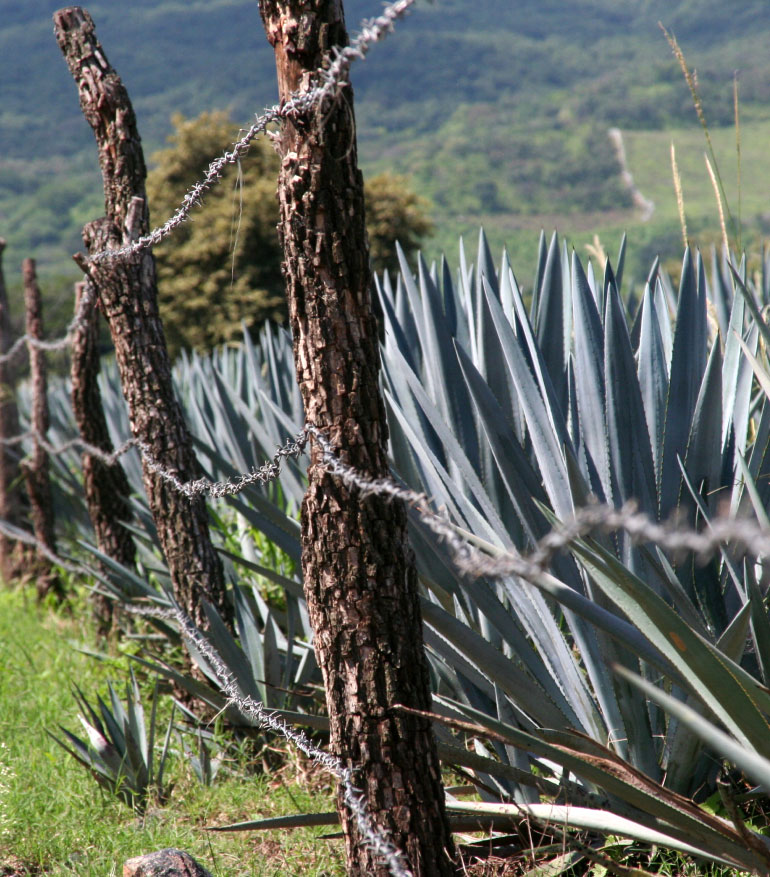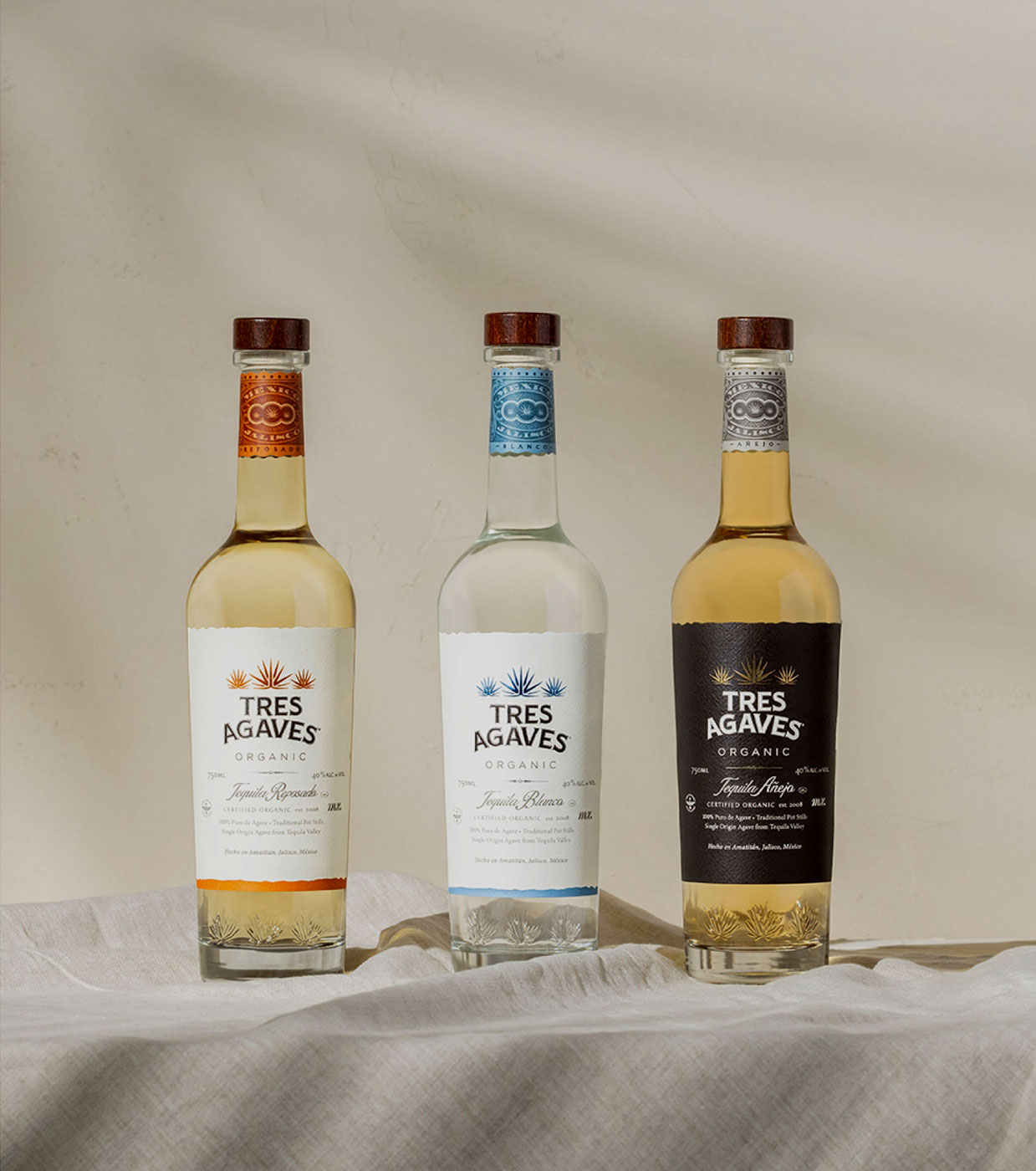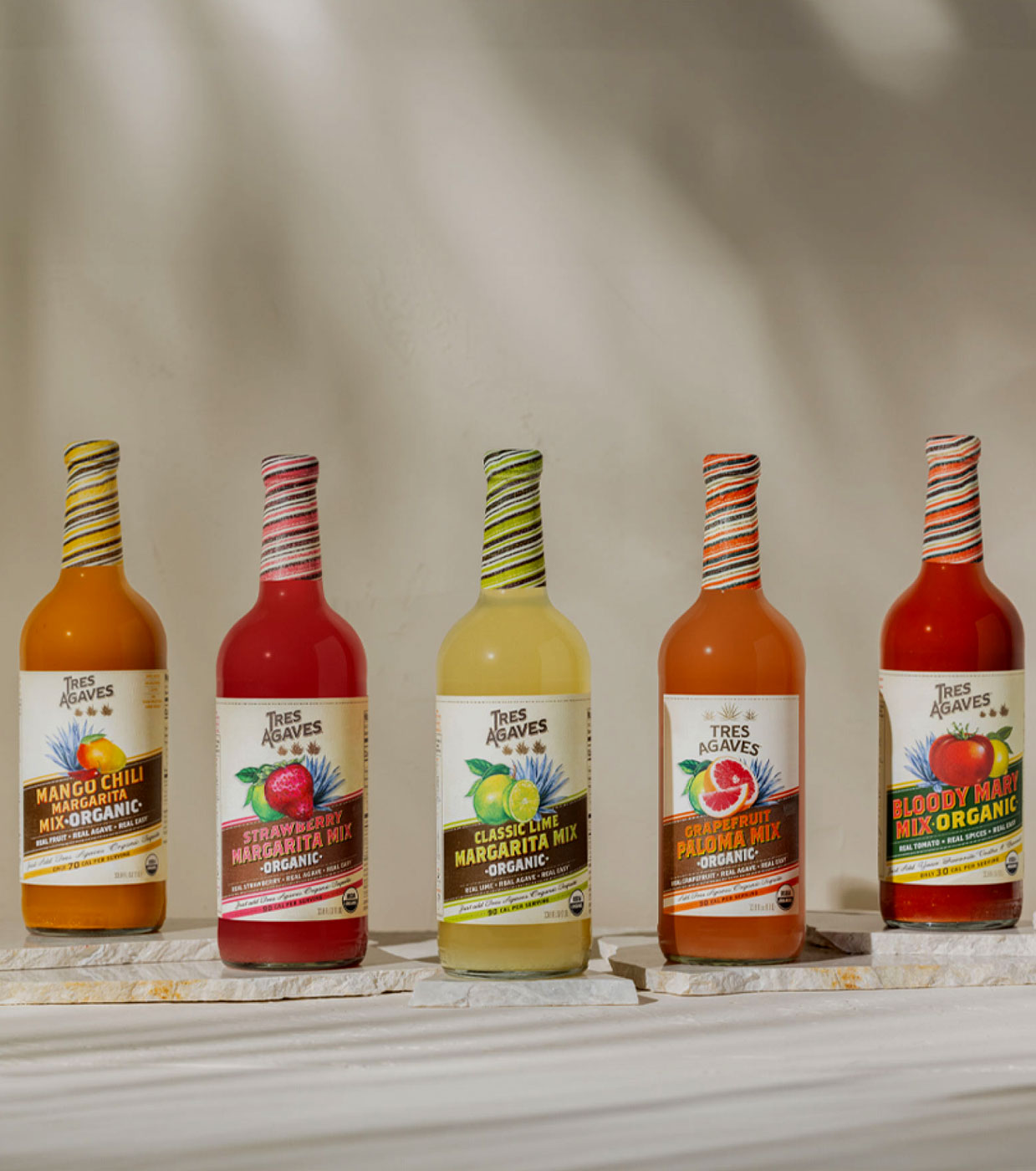This storied region is home to the twin towns of Tequila (where the spirit got its name) and Amatitán (the location of our copper pot distillery). The nearby El Volcán de Tequila (Tequila Volcano) produces the area’s renowned sandy, volcanic soil, which helps retain heat and nutrients during the initial growing stages, and infuses the piña with spicy, herbal, earthy notes for which our tequila is known.
The Tres Agaves difference is defined by this ethereal, magical place: where colorful people live colorful lives based on the wisdom of traditional practices and a simple, organic approach. Where generations of jimadores continue to pass down their art form to new heirs and an appreciation for the fine tequila produced from natural, unadulterated blue agave continues to grow and expand. This ethos is reflected in every bottle we produce.
